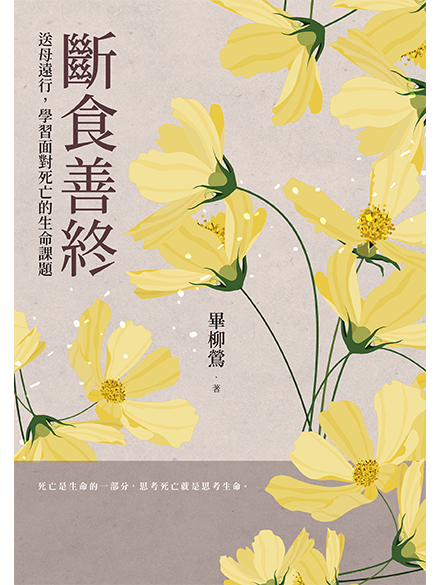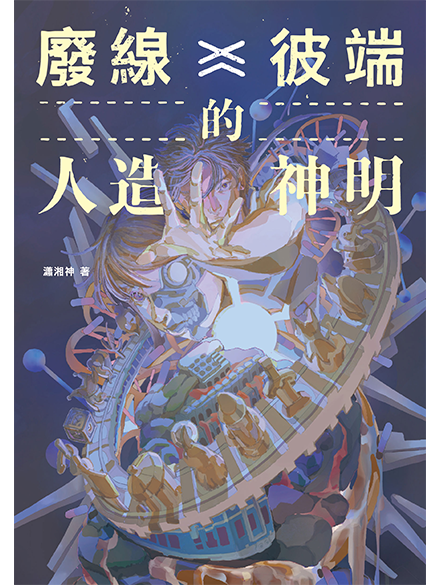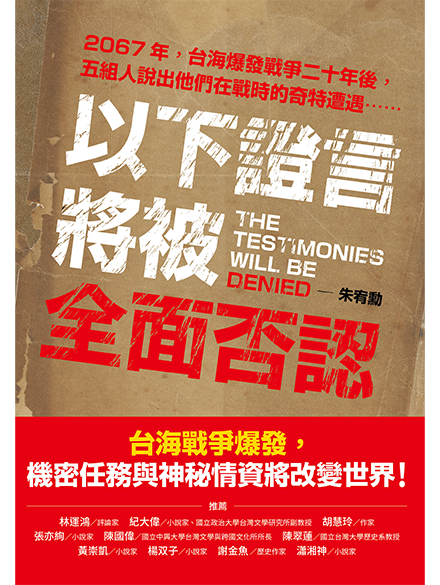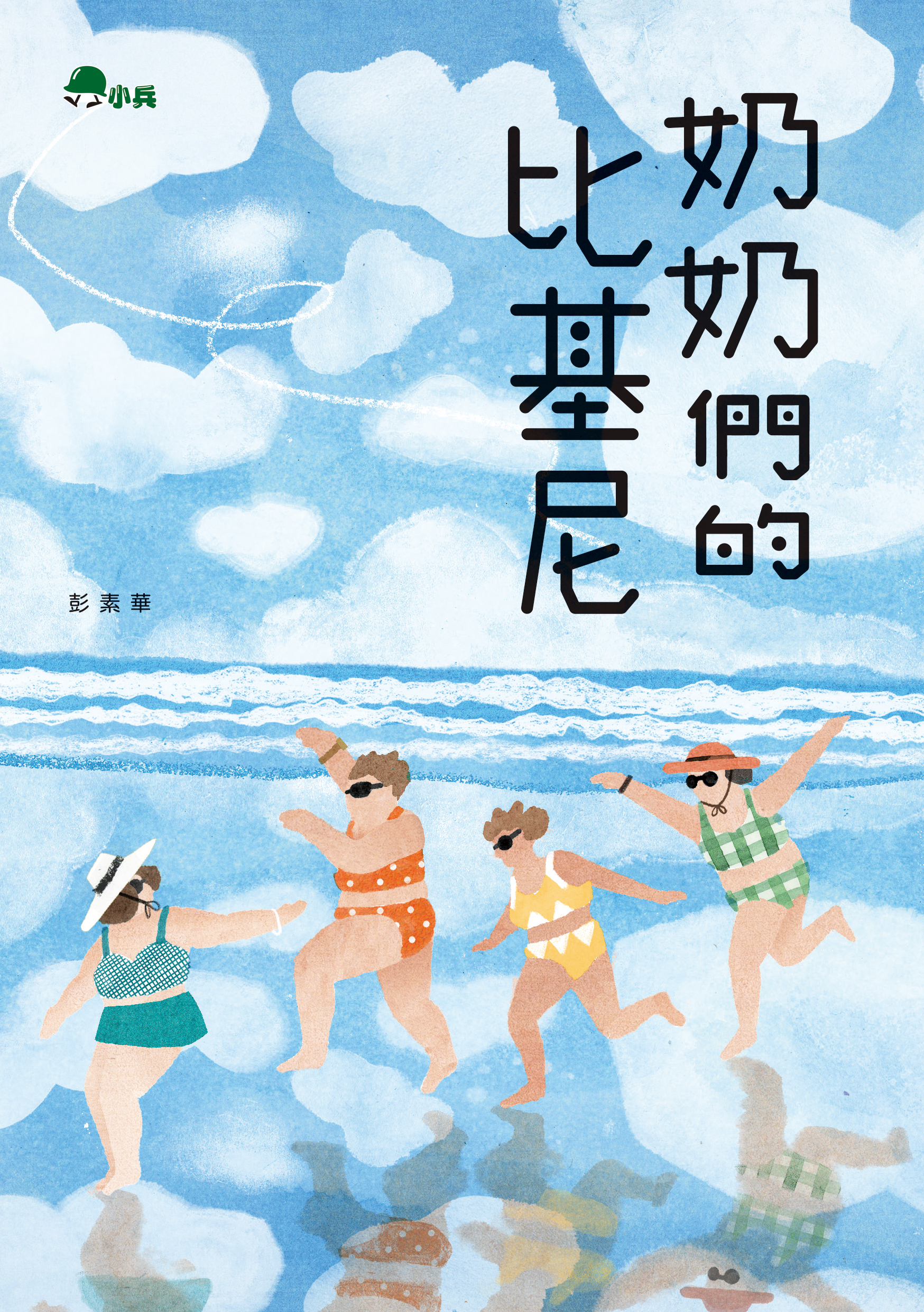This is a superb and truly remarkable book. It offers a meticulous record of how the author and her family fulfilled a beloved mother’s wish to hasten her end, a request that stemmed from the impaired movement and inability to care for herself brought about by a progressive atrophy of the brain.
A specialist in rehabilitation medicine of many years’ standing, the author’s expertise in the field of life and death studies as well as in international laws and regulations on death have contributed to her wealth of writing experience in these areas. Only after looking through the entire text did I realize just how many aspects of life the book touches upon and thus come to understand the inner world of this mother. As fate would have it, she had a marvelous life in her later years despite the hardships of her youth. I applaud her from the bottom of my heart for the manner in which she voluntarily ended her eighty-three years of life.
The author opens with the chapter “Genetic Screening for Cerebellar Atrophy”. Several of the author’s maternal relatives developed impaired mobility in middle age as a symptom of this disease. A cousin died by suicide, unable to bear its torture. Eventually, her mother was diagnosed with spinocerebellar ataxia. The author then writes matter-of-factly about her own torment from the worry that she, too, had inherited the gene. To rid herself of this emotional and mental shroud, she finally resolved to undergo genetic screening to determine if she had in fact inherited the relevant gene mutation. As a result of her own experience, she could better understand her mother’s unwillingness to face the purgatory of the lingering death experienced by other family members, and could empathize with her wish to bring her life to a timelier close.
The next few chapters describe the ups and downs of the mother’s life, including her lack of opportunity to obtain higher education due to the family’s financial circumstances and the disrespect she suffered throughout her life because of an unfortunate marriage. Despite these difficulties, she demonstrated diligence and self-discipline, never forgetting the practice of generosity and always showing care for the environment. Although she later had many opportunities to visit and spend time with her children after her husband’s death, by her sixties the cerebellar atrophy that ran in the family had gradually begun to worsen, affecting her coordination. Unable to walk normally, she fell frequently and required supervised personal care. Ultimately, she chose the autonomy of “a good death”.
After this warm-up to the book’s subject matter, the next chapter, “The Ultimate Love Is to Let Go”, details the mother’s understanding of the meaning of life and the fasting process. The information the author shares with her mother about Dr. Nakamura Jinichi’s views on “dying of natural causes” and his methods for accomplishing this are also shared with the reader. Both valuable and difficult to come by, this is knowledge that helps readers understand how to communicate with older members of their family about this inevitable and difficult final hurdle of life.
The last few chapters describe the family’s highly creative approach to bringing this woman’s life to a perfect, sorrow-free end with a “farewell ceremony” that gave the entire family an opportunity to bid her a warm farewell. Her grandson compiled the many stories his grandmother had told him about her life, then shared them with her and the rest of the family. The ceremony also gave her the opportunity to share with all of them her perspective on life. “The Fasting Process”, which includes the family’s observations and the mother’s reactions to this final step, provides a detailed record of her last few days of life. It also explains the possible side effects of fasting and the care required.
The book does more than share with us how the author’s family helped a beloved relative realize her desire to make an autonomous life decision with sincerity, courage, and wisdom. It also provides us with an introduction to several excellent books that assisted them in doing so. Among these is If You Want a Peaceful Death, Don’t Have Anything to Do with Medical Care: Recommendations for Dying of Natural Causes, by Dr. Nakamura Jinichi, the book that made them aware of “fasting to achieve a peaceful death”. In it, Doctor Nakamura explains how the peaceful death of an aged relative at home is far better and more humane than an urgent trip to the hospital for a “medically assisted death” involving defibrillation, emergency medical procedures, intubation, and long-term hospitalization after your loved one has become critically ill. The author also introduces Loving and Leaving the Good Life, by Helen Nearing. In this book, Nearing talks about her husband, Scout Nearing (1883–1983). She explains how shortly before his one-hundredth birthday, the retired professor and activist, who was a liberal and a naturalist thinker, announced at a meal with friends, “I think I won’t eat anymore.” From that point on, he no longer ate solid food, making a conscious choice regarding when and how he would depart this earth, using fasting to free himself from his body.
Thanks to the real-life examples in this book as well as the material taken from two of the books that inspired the author to help her mother die well, I realized that a good book is the result of an author’s ability to share what she has read and personally experienced with readers. In doing so, the writer helps the reader to gain richer life experiences and mature in their thinking about the future.








.jpg)


.jpg)
